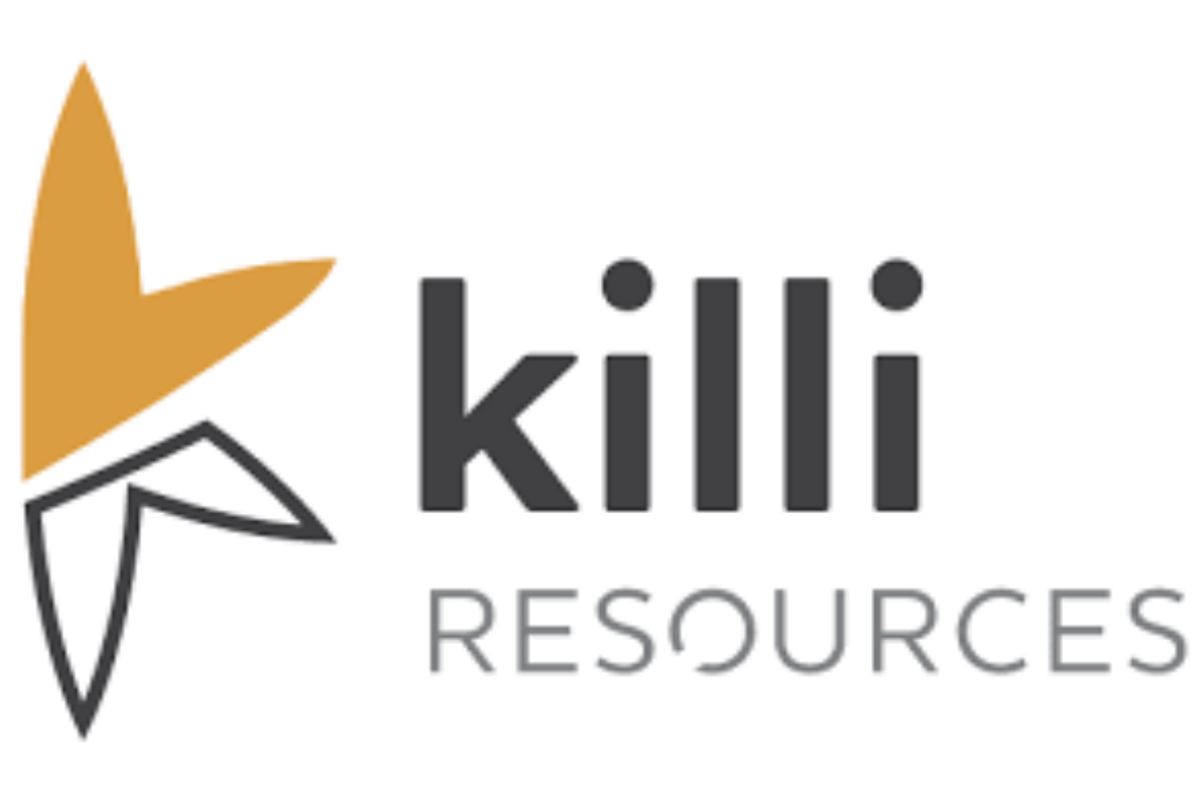
- WORLD EDITIONAustraliaNorth AmericaWorld
Investing News NetworkYour trusted source for investing success
October 23, 2022
Killi Resources Limited (‘Killi’ or the ‘Company’) (ASX: KLI) is pleased to provide an update on its drill programs at the West Tanami Project in the Kimberley region of Western Australia.
- Stratigraphic diamond hole intersects 10m zone of significant sulphides, with visible pyrrhotite, chalcopyrite (copper mineralisation) and pyrite within mafic rocks.
- This intersection opens the West Tanami Project to orthomagmatic base metal potential, where it has not previously been considered.
- Gold mineralisation potential is being evaluated, to be confirmed by laboratory assays
- Drill hole was part funded by the WA Government EIS program
As part of this program the Company completed a shallow-angled 890.4m stratigraphic diamond hole at the Fox prospect, (previously Raven prospect) at the northern end of the project, to delineate the stratigraphic sequence within the Tanami Orogen.
The hole was drilled in partnership with the Department of Mining Industry Regulation and Safety, in which the WA government contributed $150,000 towards completion of the hole, as part of the Exploration Incentive Scheme.
The geology intersected in the core showed an increased presence of intrusive mafic units, in particular a gabbro which exhibited significant localised copper sulphide mineralisation. The sulphide zone spans
10 metres, with increasing amounts of pyrrhotite and chalcopyrite, ranging from disseminated to massive, refer Figure 1. All reported sulphide intersections are based on visual observations.
Killi CEO, Kathryn Cutler commented, ‘We are extremely excited to have intersected this significant sulphide zone at West Tanami.
‘The purpose of the targeted hole was to determine where the prospective stratigraphy extended in the northern end of the Project, and whether we were in the right rocks for gold mineralisation like that seen at the 13Moz Callie gold mine down the road. The good news is the hole did pass through a large sequence of prospective looking folded sediments with zones of quartz veining, however of serious interest is the visual copper mineralisation seen within a mafic unit.
‘The Tanami province has been explored for gold, uranium and rare earth elements previously, however the prospectivity for base metals, in particular orthomagmatic systems has not been documented. This is the first occurrence of this style of mineralisation on the project, and possibly the region, and provides a unique opportunity for the Company.’
TMDD0001 was drilled to a total depth of 890m, at a shallow angle (-55˚) to cover as much of the stratigraphy as possible with the sediments interpreted as sub-vertical isoclinal folds at the Fox prospect, Figure 2.
Of significance at ~840m depth (560m vertical depth), a gabbro (mafic) unit with distinctly high sulphide content was intersected. Sulphides were observed from ~834m – 840.8m ranging from trace to approximately 30% of the rock mass increasing with depth. From 840.8m – 841.5m semi-massive and massive sulphides were intersected, where classification of massive sulphides is based on sulphide content >80% of the rock mass, Figure 3 & Table 1. The dominant sulphides observed were pyrrhotite, chalcopyrite and pyrite, potentially representative of a magmatic base metal system. The pyrrhotite and chalcopyrite appear to be associated with the gabbro unit, with pyrite present in the sediments as well as the gabbro. At this point the pyrite is believed to be part of a hydrothermal overprint as it is seen throughout the hole and associated with varying degrees of quartz veining.
Previous work and mapping completed by the Geological Survey of Western Australia has only identified sediments with no interpretation of mafic units at the prospect, Figure 4. Dolerites have been loosely documented in the region to intrude the sedimentary sequence, however there is very limited drilling in which they have been intersected and limited analysis performed.
Further review of historical reports indicates there has been no prior exploration for magmatic sulphide mineralisation in the Tanami Province, which presents a unique opportunity for Killi to explore.
The Company plans to further evaluate the drill core with the assistance of experienced geologists of the Tanami region, and those with base metal experience. Geological work will continue with further analysis to establish timing relationships, alteration assemblages and metamorphic facies of the gabbro and surrounding sediments.
Click here for the full ASX Release
This article includes content from Killi Resources Limited, licensed for the purpose of publishing on Investing News Australia. This article does not constitute financial product advice. It is your responsibility to perform proper due diligence before acting upon any information provided here. Please refer to our full disclaimer here.
The Conversation (0)
Latest News
Latest Press Releases
Related News
TOP STOCKS
American Battery4.030.24
Aion Therapeutic0.10-0.01
Cybin Corp2.140.00